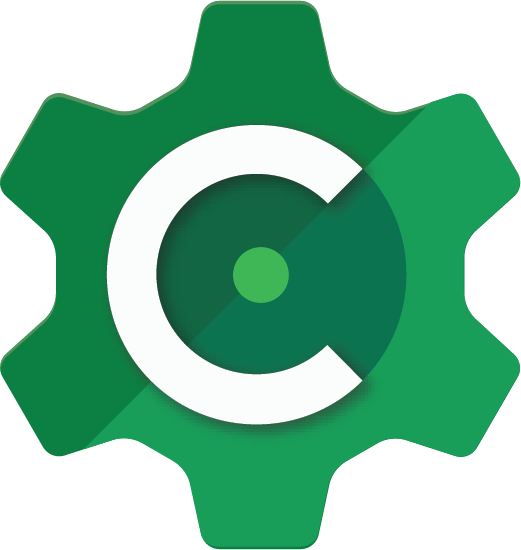Page Summary
-
Contribute to the project by following the guidelines and signing a Contributor License Agreement (CLA) if you haven't already.
-
Before submitting code changes, open an issue to discuss the bug or feature and create a new branch for your work.
-
Ensure your contributions include tests, well-formatted commit messages, and are submitted as a pull request.
We'd love to accept your patches and contributions to this project. There are a just a few small guidelines you need to follow.
Contributor License Agreement
Contributions to any Google project must be accompanied by a Contributor License Agreement. This is not a copyright assignment, it simply gives Google permission to use and redistribute your contributions as part of the project.
If you are an individual writing original source code and you're sure you own the intellectual property, then you'll need to sign an individual CLA.
If you work for a company that wants to allow you to contribute your work, then you'll need to sign a corporate CLA.
You generally only need to submit a CLA once, so if you've already submitted one (even if it was for a different project), you probably don't need to do it again.
Submitting a patch
It's generally best to start by opening a new issue describing the bug or feature you're intending to fix. Even if you think it's relatively minor, it's helpful to know what people are working on. Mention in the initial issue that you are planning to work on that bug or feature so that it can be assigned to you.
Follow the normal process of forking the project, and setup a new branch to work in. It's important that each group of changes be done in separate branches in order to ensure that a pull request only includes the commits related to that bug or feature.
Any significant changes should almost always be accompanied by tests. The project already has good test coverage, so look at some of the existing tests if you're unsure how to go about it.
Do your best to have well-formed commit messages for each change. This provides consistency throughout the project, and ensures that commit messages are able to be formatted properly by various git tools.
Finally, push the commits to your fork and submit a pull request.
